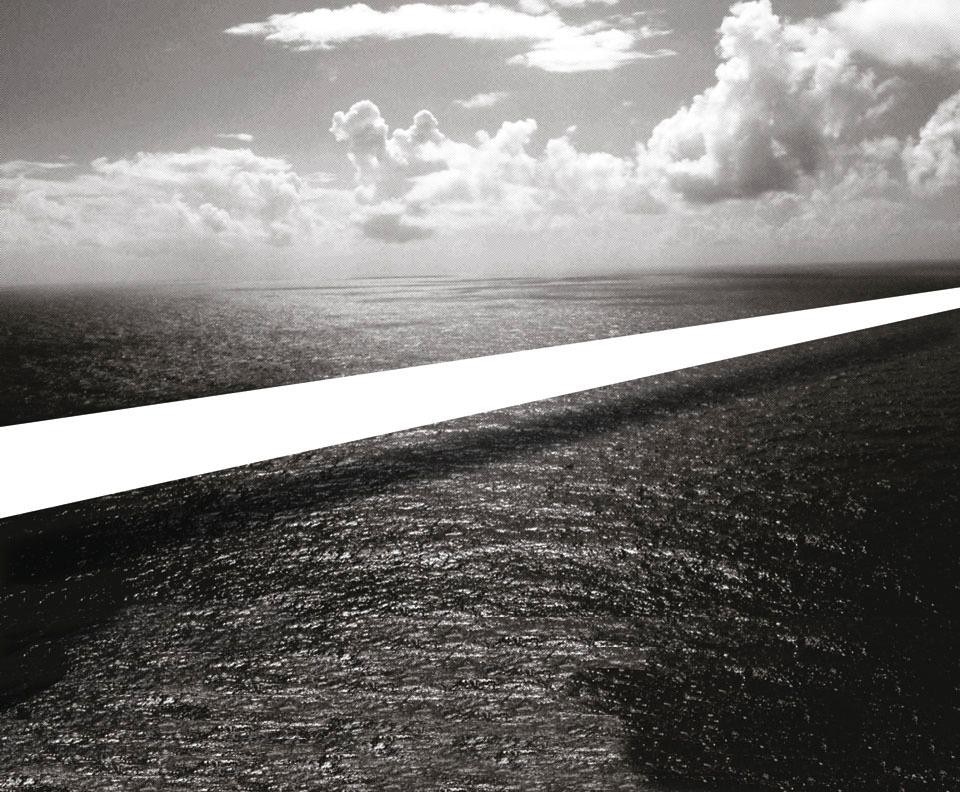Send us your ideas for a work of imaginary infrastructure connecting Africa and Europe—the best, selected by Lieven De Cauter, Dieter Lesage [see their email correspondence published in the May issue of Domus], and the Domus editors—will be published in the July/August issue of Domus, on domusweb.it/en/, and shown in a special exhibition at The Gopher Hole Gallery in July 2011. All submissions must be in postcard format.
The image side should be a visualisation or diagram of the proposal; a short description, message or motivation of your intentions can be included on the back. Any size is acceptable, so long as your submission is mailed to us as a postcard. Please do not send your postcard inside sealed correspondence. Remember to include your name and contact information on the back. To be included in the exhibition, postcards must be received by July 18, 2011.

Domus reserves the right to publish and exhibit any materials received as part of this project.
Send your proposals to:
Project Heracles Call for ideas on a Eurafrican connection
Domus
Via G. Mazzocchi, 1/3
20089 Rozzano (MI)
Italy
The crossing will give the economies of southern Europe and North Africa an substantial boost. If the Algeria-Morocco border, closed since 1994, is reopened and the road between them is improved, the connection might well prove economically viable. Forecasts suggest that a Gibraltar crossing could carry eight million people in its first year of operation.
GEOLOGY 1
A tunnel would have to overcome engineering challenges far greater than those faced by the Eurotunnel's designers: the water is exponentially deeper (nearly 1 km at the shortest point across the strait, compared with just 70 metres in the English Channel). Compounding the problem is that the seabed around Gibraltar is permeable, requiring engineers to push the tunnel down by an extra 100 metres. The water pressure at that depth is such that a tunnel would leak heavily, no matter how well it is constructed.
TRAFFIC 1
If the crossing is to be a bridge, it must take into account the presence of heavy east-west marine traffic, ands its piers must be able to withstand ship collisions and high winds. The Gibraltar Straits is one of the busiest shipping lanes in the world, second only to the Malacca Straits in Singapore. Approximately 300 vessels sail through the Strait of Gibraltar daily, not counting local ferries, and many fishing and pleasure boats. A third of these transport hazardous materials. Marine traffic is expected to grow sharply over the coming years.
GEOLOGY 2
An underwater "mountain" exists at the center of the strait's narrowest section. This could be used to divide the bridge's span in two. However, the location of the crossing coincides with an active fault of the African and the Eurasian tectonic plates, giving rise to a moderate seismic risk.
TRAFFIC 2
North-south passenger traffic in the strait spikes during the summer months, when nearly three million Moroccan immigrants return by car to their home country on holiday. The number of Moroccans in Spain has soared in recent years; according to official statistics, more than 500,000 live there legally, while many tens of thousands more are undocumented residents. Less than 300 people have swum the strait (far fewer than have climbed Mount Everest), and only 5 have ever swum both ways.
ENERGY
Some studies have proposed the possibility of erecting tidal power generating stations within the strait. In the 1920s and '30s, considerable public support was received by Atlantropa, a project that proposed damming the strait to generate large amounts of electricity and lower the sea level of the Mediterranean by several hundred metres—thereby creating large amounts of new land for settlement.

